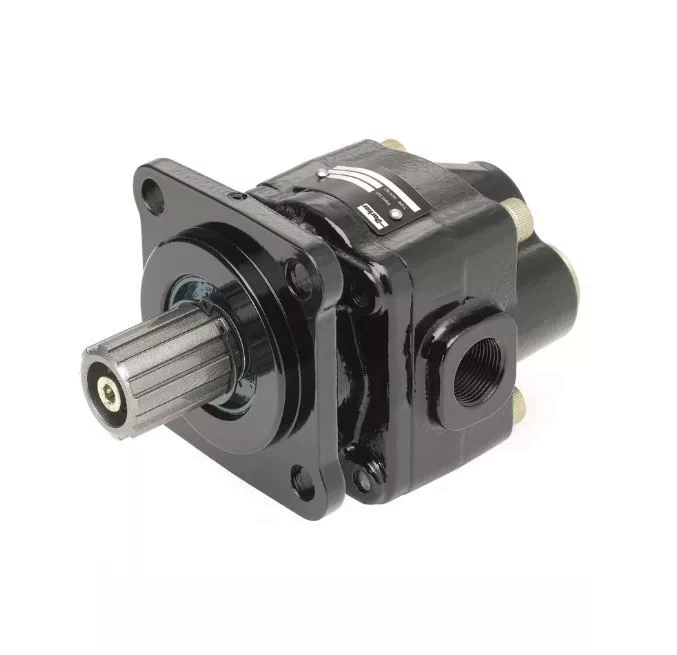
The Fundamentals of Hydraulic Motor Speed Control
The Fundamentals of Hydraulic Motor Speed Control
Hydraulic motors are widely used in both industrial and agricultural applications. Controlling the speed of a hydraulic motor plays a key role in ensuring the equipment operates optimally across different use cases.
At MPH, we offer a wide selection of hydraulic motors. Our range includes various types and performance categories, so everyone can find the model that best suits their needs. Our expert team possesses in-depth knowledge of every product we sell and can provide useful advice and detailed information to assist in the selection process.
Speed Control via Hydraulic Flow Adjustment
One of the most common methods for controlling hydraulic motor speed is by modifying the flow rate of hydraulic fluid delivered to the motor.
This fine-tuning of flow is achieved through specialized valves, such as needle valves. Decreasing flow reduces the motor speed, while increasing it proportionally raises the speed. For applications requiring low speed and high torque, orbital motors are recommended such as the OMR-80 orbital hydraulic motor.
Proportional valves are specialized components that allow continuous regulation, which is essential when consistent and precise control is required.
One major advantage of using flow-based speed control is that it's a simple and reliable technology, ideal for use under constant load. However, it should be noted that this method may result in energy loss, thus reducing overall system efficiency.
Hydraulic Motor Speed Control via Pressure Adjustment
Another way to regulate motor speed and performance is through pressure control, often combined with the flow control method described above.
When a hydraulic system uses a variable-pressure pump, it becomes possible to adjust motor speed accordingly. In this case, environmental factors, such as temperature, must be taken into account. It is essential that the system can automatically adapt to temperature changes.
The advantage of pressure-based speed control is its energy efficiency, especially under significant load variations. However, it requires more complex system design and more demanding maintenance procedures.
Integrating Electronic Speed Controllers
Electronic control systems are becoming increasingly common in hydraulic motor speed regulation. This technology enables precise speed adjustments for hydraulic motors.
Digital controllers monitor motor operation in real time. Data collected by sensors is analyzed, allowing the system to automatically adjust flow and pressure. Using controller software, remote speed regulation is also possible—greatly enhancing efficiency and operational flexibility.
This is the most advanced technology available, offering maximum precision and performance. However, it comes with higher initial costs and more complex maintenance requirements.
If you have further questions about hydraulic motor speed control or any of our available products, please feel free to contact us via any of our available channels.

